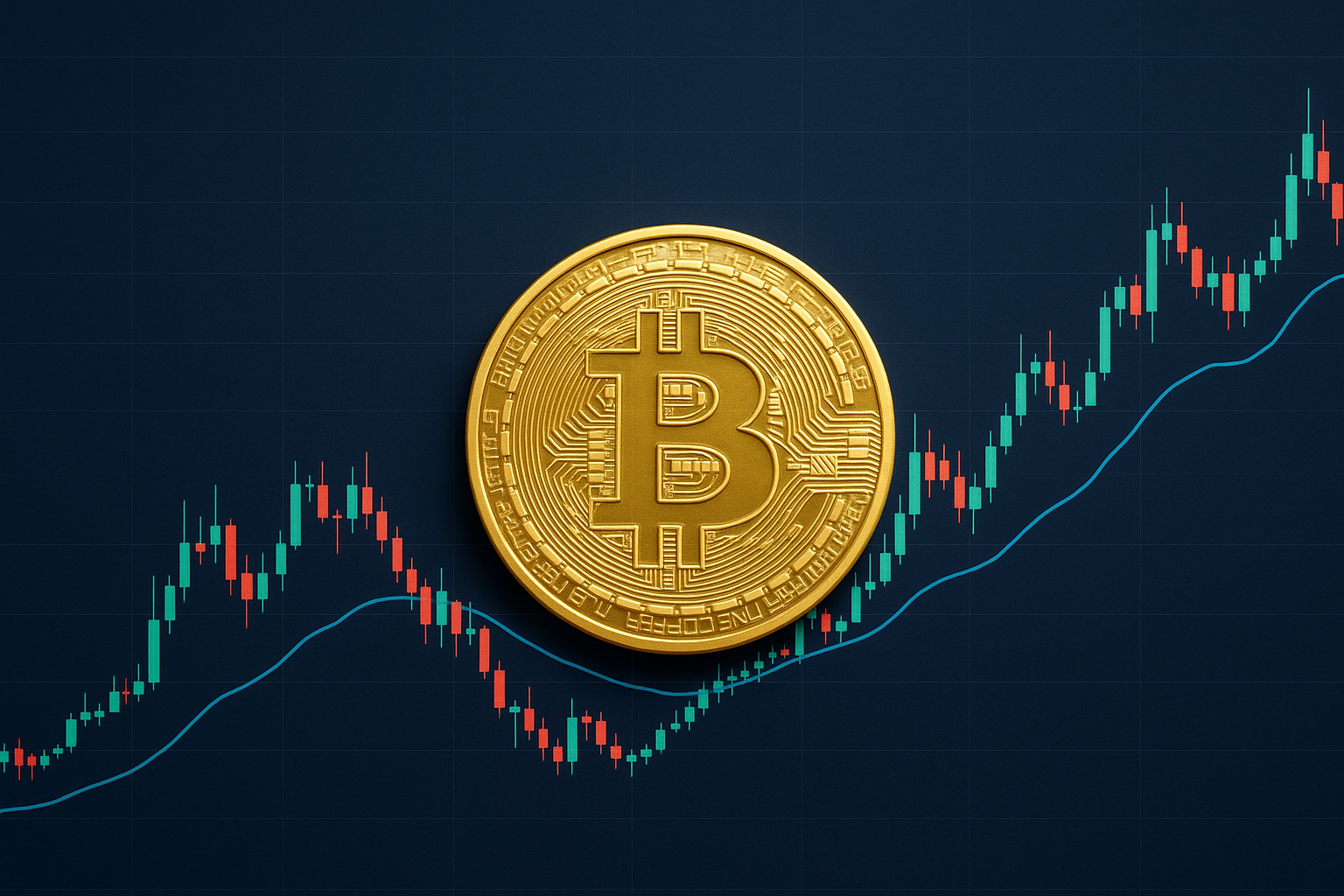Introduction
In the heart of the Amazon basin, in the city of Belém, Brazil, delegates from around the world convened for the 30th session of the COP30 climate conference, and the message emerging was stark: the planet is already entering a phase of irreversible damage, and nations most impacted are demanding that the rest of the world wake up. Countries whose forests, coastlines and communities are under extraordinary stress spoke candidly about what they are living through — floods, droughts, wildfires, species loss — and pressed for stronger commitments on forest protection, financing of loss and damage, and a global mechanism to share the burden of climate change.
A Rising Chorus Of Impacted Voices
One of the major themes of this year’s COP was the emphasis on “impacts already here” rather than distant threats. Several countries took the floor to recount the real-time consequences of warming, including the loss of life, damage to infrastructure, and disruption to economies and ecosystems. For instance, countries with extensive forest cover spoke of changing rainfall patterns, fires and deforestation undermining their capacity to act as carbon sinks. Others from low-lying coastal zones described how sea-level rise, storm surges and salt water intrusion are already undermining communities and agriculture. These testimonies matter.
Why Are Forests Central To The Conversation?
Forests emerged as a major focus at the summit. The world’s great forest systems — particularly in tropical regions — are under threat from logging, land-use change, drought, fires and pest outbreaks, all exacerbated by warming. The capacity of these forests to absorb carbon is declining, meaning that the planet loses one of its key natural defenses.
At the same time, the destruction or degradation of forest ecosystems has profound implications for biodiversity, indigenous communities, water cycles and regional climate stability.
In the Amazon region, for example, weakened forest health could trigger “dieback” scenarios in which large swathes of rainforest convert to savanna-type ecosystems, drastically reducing their carbon sink function. That prospect adds a dimension of urgency: the loss of these forests is not simply incremental — it could represent a tipping point. Delegates at the summit emphasized this risk and the need for mechanisms to protect, restore and effectively manage forest systems.
Finance, Loss & Damage: A Shifting Paradigm
An important undercurrent at COP30 is the increasing prominence of “loss & damage” — meaning the costs incurred by nations due to climate impacts which cannot be avoided by mitigation or adaptation alone. Historically, climate diplomacy emphasized reducing future emissions and adapting to change. But now, the focus is shifting: many nations are experiencing destruction that cannot be prevented through adaptation.
They are already paying the price. At the summit, several countries underscored the need for a dedicated global fund or mechanism to channel resources to those suffering climate-induced harms. They argued that it is not enough to talk about future emissions cuts; the world must address current damage, facilitate recovery and build resilience in the most vulnerable regions. Wealthier nations face pressure to recognise that support must extend beyond mitigation finance and adaptation grants — it must also include recompense for losses from events such as cyclones, floods, wildfires and forest collapse.
The financial dimension of this summit is substantial. The host country, Brazil, pledged billions toward its rainforest protection program, aiming to show leadership in forest finance and support. But many delegates stressed that one country’s action, though welcome, is not sufficient: climate change is global, and so must be the response. The language emerging from the summit suggests a growing consensus that finance must be flexible, timely and scaled to the magnitude of the challenge.
The Politics Of Presence And Participation
One noteworthy feature of this summit is the conspicuous absence of the United States at the highest level, which has raised concerns among many participants. While the U.S. remains one of the world’s largest emitters, its lower-level representation at COP30 has been interpreted by some as a sign of weakened diplomatic engagement. This absence, critics say, diminishes the global momentum needed to forge binding agreements and to galvanise collective action.
On the other hand, host country Brazil has sought to seize the spotlight, positioning itself as a champion of forest leadership. Brazil’s government committed significant funding for rainforest protection and emphasised the importance of forest ecosystems in the global climate agenda. That said, Brazil also faces its own internal and external criticisms over deforestation rates, indigenous rights and land-use governance — reminding observers that commitments on paper must translate into action on the ground.
The Challenge Of Turning Words Into Action
Despite powerful speeches and ambitious pledges, perhaps the greatest question facing COP30 is: can the momentum be translated into concrete, measurable action? The complexity of the global climate system, the differing national interests, and the scale of the institutional mechanisms required make this a formidable challenge.
One area of concern is enforcement and follow-through. Historically, climate agreements have relied on voluntary commitments and national self-reporting rather than binding enforcement. The result is mixed progress, with some nations meeting their targets and others falling short. At COP30, many delegates stressed the need for greater accountability, clearer benchmarks and transparent reporting on forest protections, emissions reductions, adaptation investments and loss & damage payouts.
Why Does This Matters For The Entire Planet?
It is tempting to consider climate-summit proceedings as relevant only to the countries on the front-lines of climate impacts. But, in truth, the stakes are global. The world’s forests, especially in tropical regions, act as massive carbon sinks — absorbing tens of billions of tonnes of CO₂ annually and helping to stabilize the planet’s climate. If forest degradation accelerates, the consequences will ripple across continents, affecting weather systems, sea levels, agriculture, economic stability and human migration.
Moreover, climate justice is increasingly being framed not simply as a moral issue, but as a practical one: failure to act in the most vulnerable regions can generate knock-on effects — from displacement and conflict to global economic disruption. When a nation’s forest collapses, its economy weakens, its food systems falter, and its capacity to adapt diminishes. These vulnerabilities can spill beyond its borders. In an interconnected world, the impacts of climate-driven displacement, migration, trade disruption, commodity price spikes and biodiversity loss are felt far and wide.
Looking Ahead: What To Watch After COP30?
As the summit draws to a close, attention will turn to the mechanisms and timelines by which the commitments made are implemented. Some of the key things to watch include:
Forest protection agreements – Will concrete deals emerge to protect major forest systems (Amazon, Congo Basin, Southeast Asia)? What provisions will be made for indigenous rights, land-use governance and deforestation enforcement?
Loss & Damage Fund – Will there be a formalised operational mechanism for compensating countries suffering climate-driven damages? Who will pay, who will receive, and how will the governance work?
Finance mobilisation – Will wealthy nations and private sector actors increase their pledges and actually disburse funds? Is there a mechanism to monitor, verify and report progress?
Adaptation integration – How will developing nations integrate climate resilience into infrastructure, agriculture, water systems and public services? Will the capacity-building promised actually arrive?
Accountability and transparency – Will the summit produce stronger frameworks for monitoring national and international progress? Will there be binding or at least stronger commitments around reporting, verification and consequences for failure?
Conclusion
The voices at COP30 made it clear: the world no longer needs more warnings about climate change — it needs action. The harms are already provincial, regional and global. Forests are not just distant ecosystems; they are pivotal to our planet’s future. Developing nations are not just future victims; they are present stakeholders. And finance is no longer just about mitigation; it is about justice, recovery and prevention of further collapse. Whether the global community can meet this moment remains to be seen — but what is certain is that the time for equivocation has passed.











